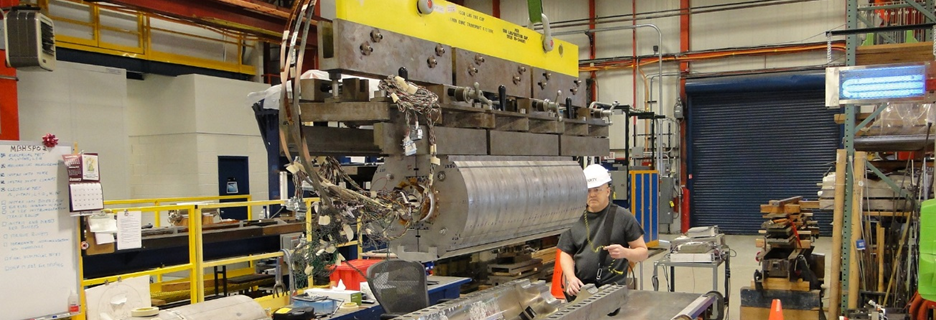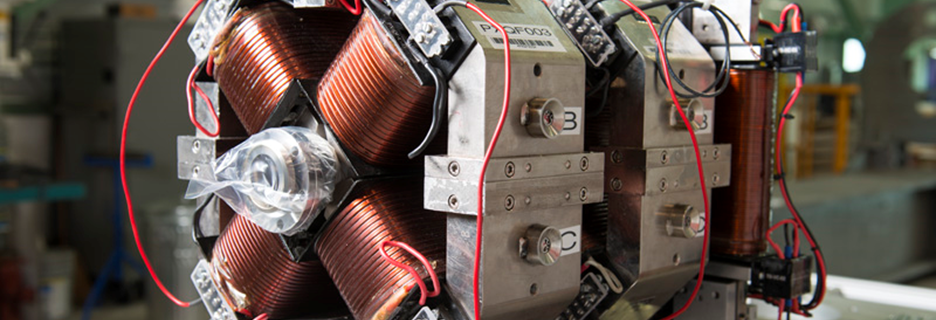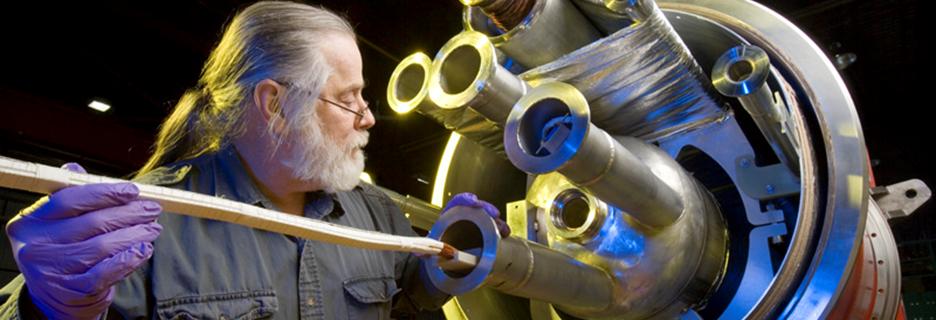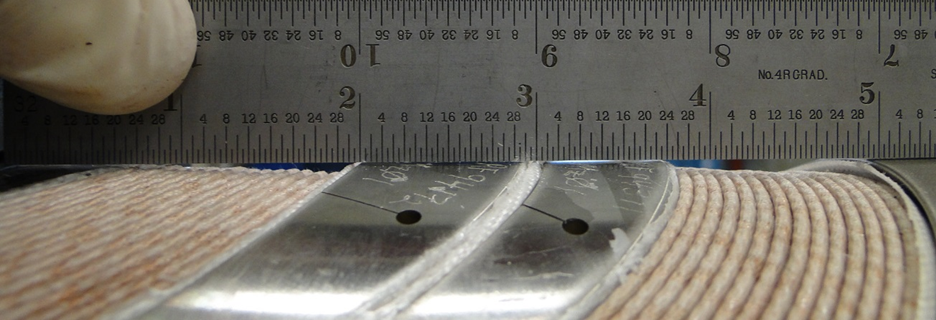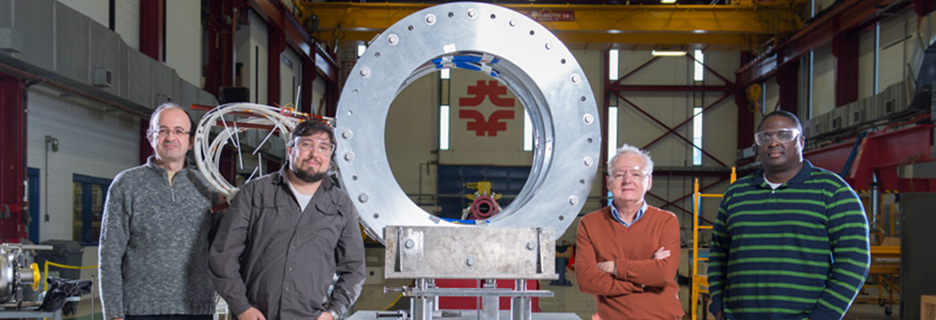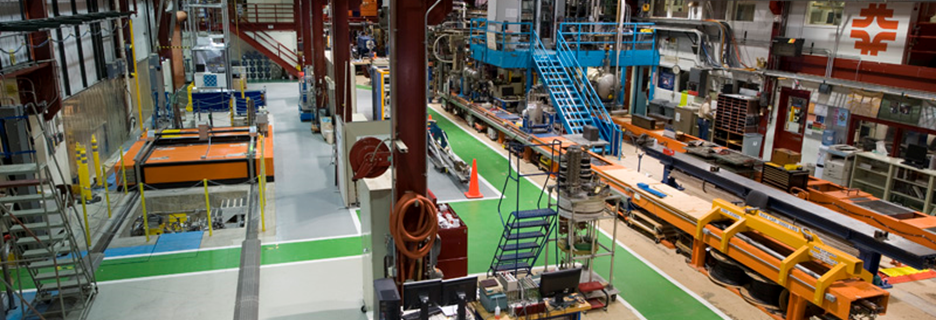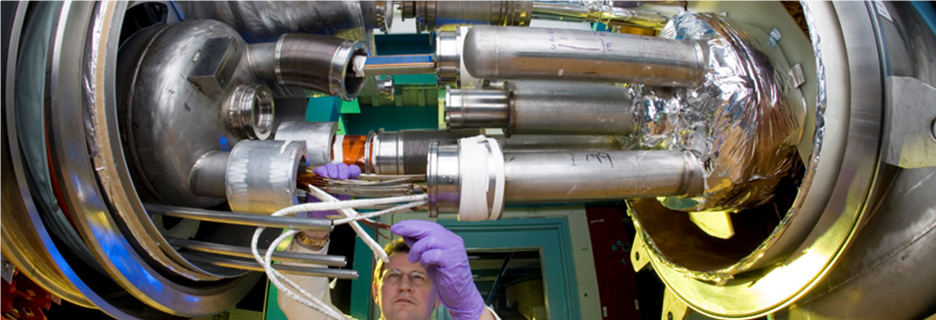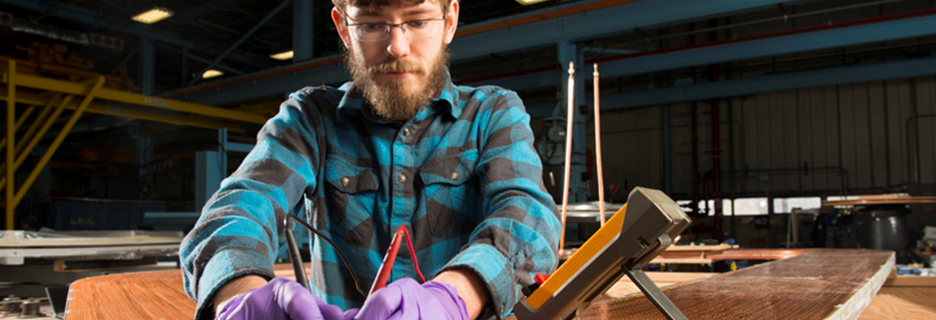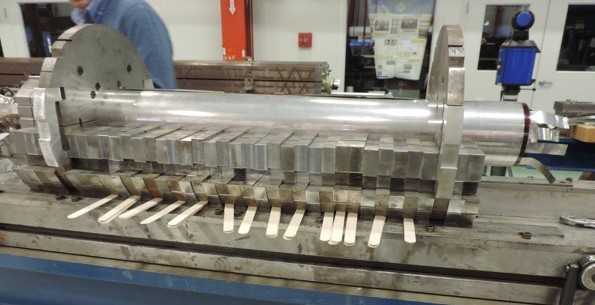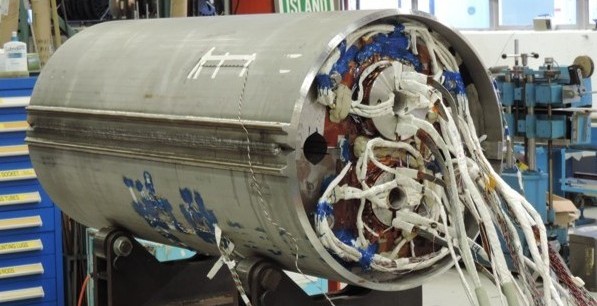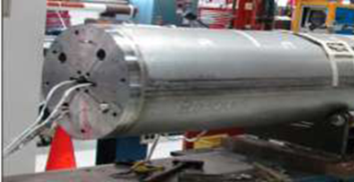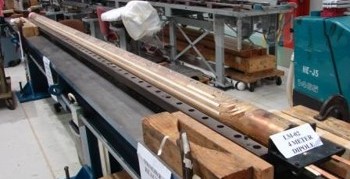The SC Magnets and Materials trust of Fermilab’s General Accelerator R&D (GARD), aka High Field Magnet (HFM) Program, is aimed at development of advanced superconducting (SC) magnets, materials, and baseline technologies for present and future particle accelerators. The High Field Magnet (HFM) program started in 1998 after years of experience with research and development of various accelerator magnets, based on traditional NbTi superconductor, for the Tevatron (the first superconducting accelerator in the world), SSC and LHC (the largest accelerators in the world at the present time). Since 2016 it is a key part of the sponsored by DOE national Magnet Development Program (MDP).
The HFM program strategic goal is the development of new generation superconducting (SC) accelerator magnets and materials to achieve operation fields well above the LHC field of ~8 T at liquid helium temperatures and higher operation margins. During the past decade, the HFM program has been developing accelerator magnets based on Nb3Sn superconductor. Nb3Sn accelerator magnets can provide operating fields up to 15-16 T and significantly increase the coil temperature margin. Such magnets are needed for the LHC upgrades (HL-LHC), Muon Collider Storage Ring (MCSR), and future Very High Energy proton-proton Colliders (VHEppC). During 2003-2005 the program developed and tested the first in the world series of small-aperture 10 T Nb3Sn dipoles for the Very Large Hadron Collider (VLHC). In 2005, the emphasis of the program was shifted toward large-aperture 11-12 T quadrupoles for the LHC luminosity upgrade. During 2011-2015 period the HFM program has developed and demonstrated, in collaboration with CERN, the feasibility of 11 T dipoles for the LHC collimation system upgrade. Since 2015 the program has been redirected towards 15 T or higher field magnets for VHEppC.
Along the way, the HFM program has made several breakthroughs in Nb3Sn accelerator magnet technology. The most important breakthroughs include: the development and demonstration of high-performance Nb3Sn, Nb3Al and Bi-2212 strands and cables; reliable and reproducible short and long coil technologies ready for production; accelerator quality dipole and quadrupole mechanical structures and coil pre-load techniques; the first world series of Nb3Sn dipole and quadrupole models with reproducible magnet parameters; innovative field quality correction techniques; etc. These advances make it possible to consider 10 to 12 T Nb3Sn magnets in accelerators, specifically for the planned LHC luminosity upgrades.
NbTi and Nb3Sn, both Low Temperature Superconductors (LTS), are the two workhorses in the high field magnets’ world. The present HFM program has a goal to develop accelerator magnets at the limit of Nb3Sn capabilities. In the longer term, the program will thrust the development of accelerator magnets beyond the limits of Nb3Sn technology with fields of 20-25 T based on LTS (Nb3Sn) and High Temperature Superconductors (HTS), such as Bi-2212 or ReBCO coils. The HFM program also aims to achieve substantial reduction of magnet cost by addressing fundamental aspects of the technologies in use or in development.

